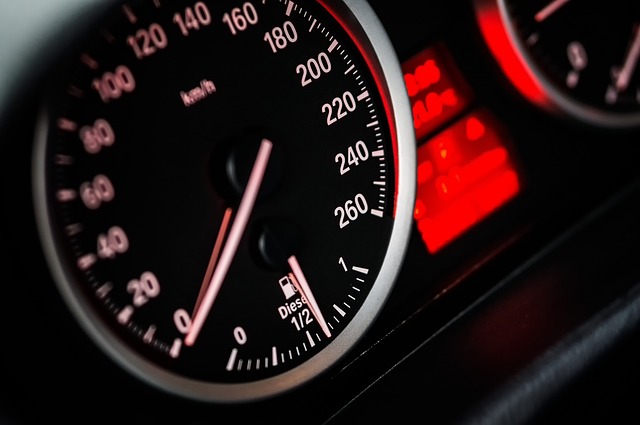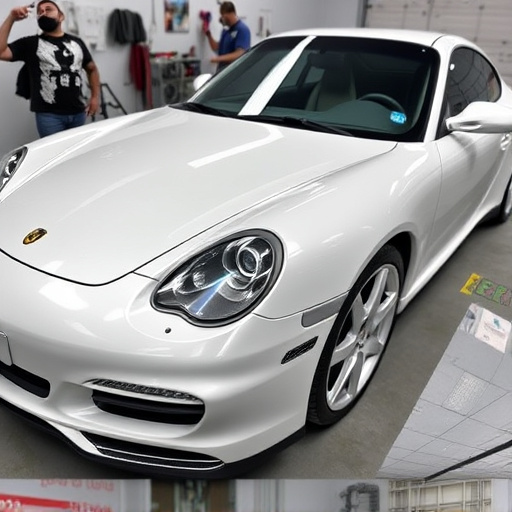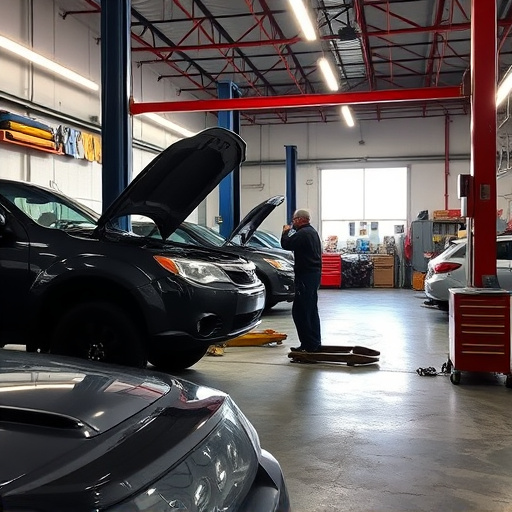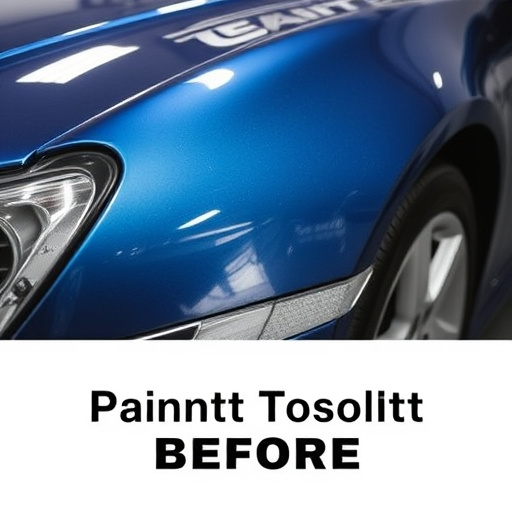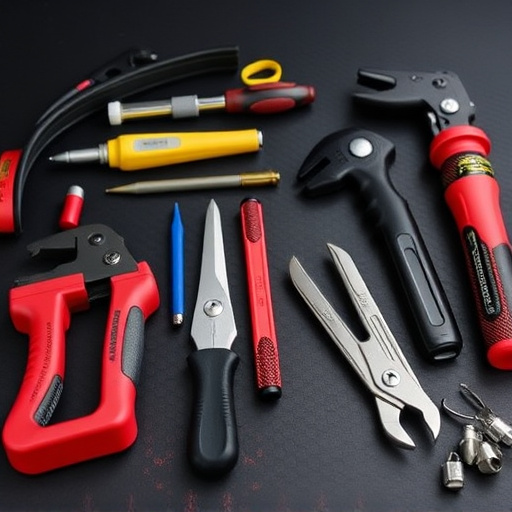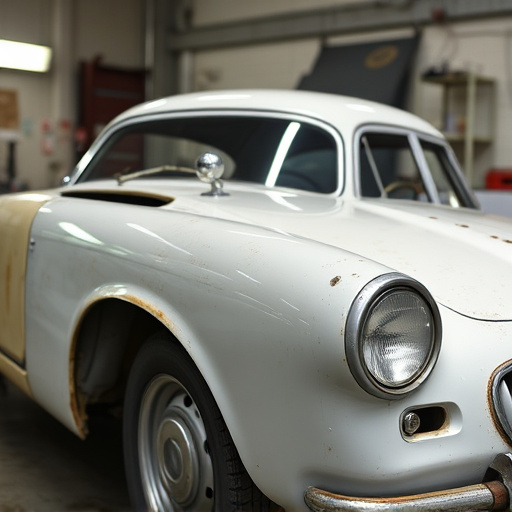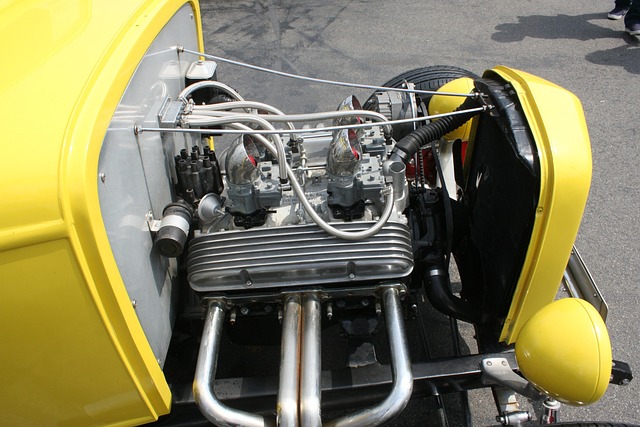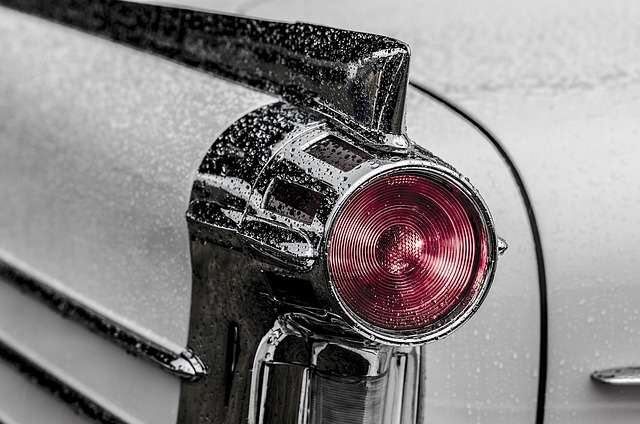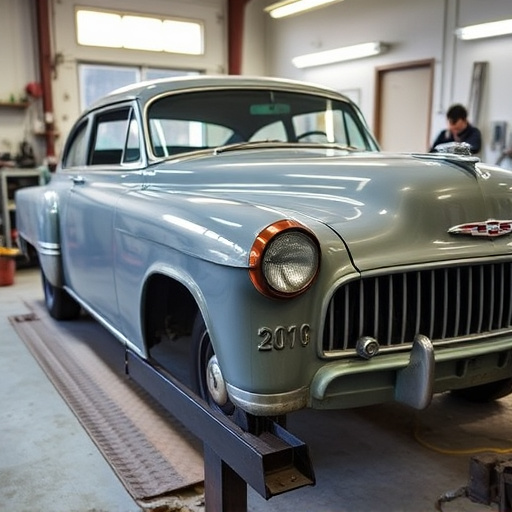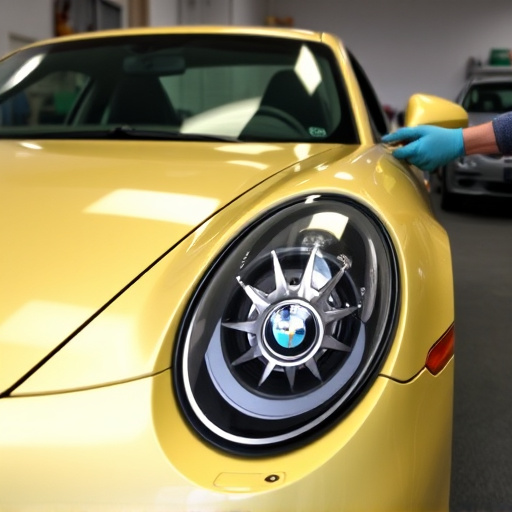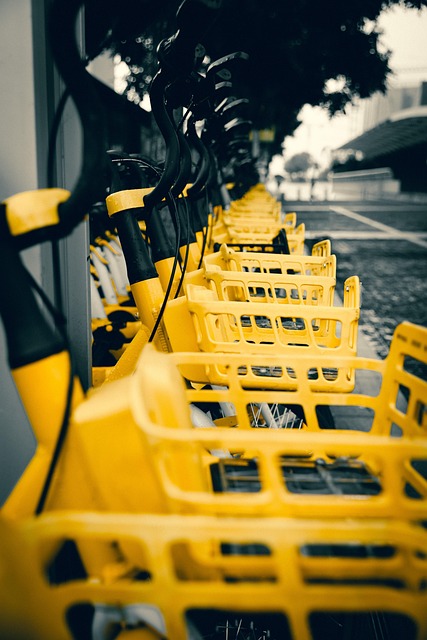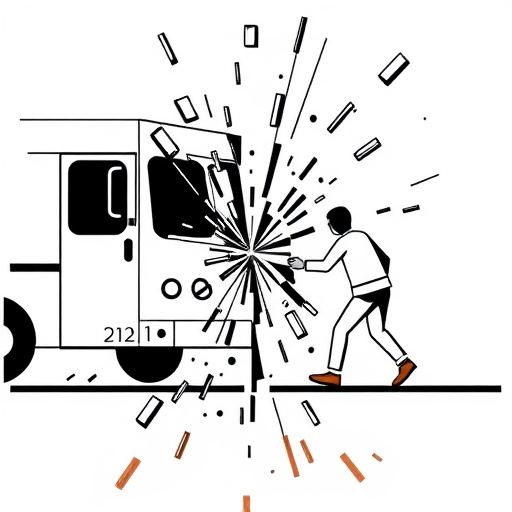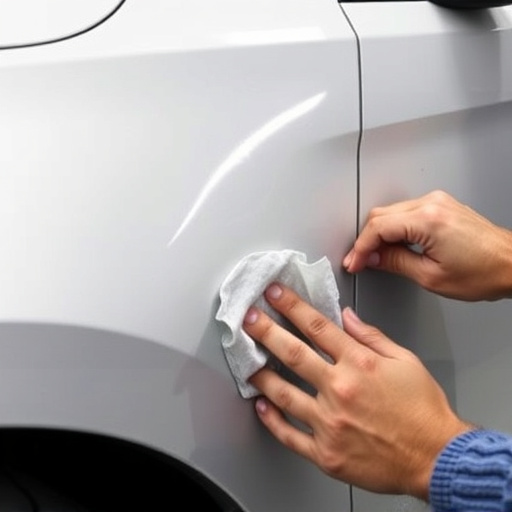Before attempting auto buffing and polishing at home, prepare by gathering high-quality tools like buffers with variable speeds, polishing compounds, and pads for various surfaces. Protect yourself with gloves and eye wear, and consider additional tools for car prep. Begin with a clean surface, practice on a less visible area, and apply even pressure during the multi-step process to achieve professional results and restore your vehicle's exterior gloss.
Are you ready to transform your car’s exterior and achieve a showroom shine at home? Auto buffing and polishing is an art that can dramatically enhance your vehicle’s appearance. This guide will walk you through the process, from gathering the essential tools like polishes, pads, and buffers, to understanding the techniques for achieving a flawless finish. We’ll provide tips for selecting the right products and mastering the art of auto care, enabling you to achieve professional-level results in the comfort of your garage.
- Gathering Your Tools and Materials
- Understanding the Buffing and Polishing Process
- Tips for Achieving Professional Results at Home
Gathering Your Tools and Materials
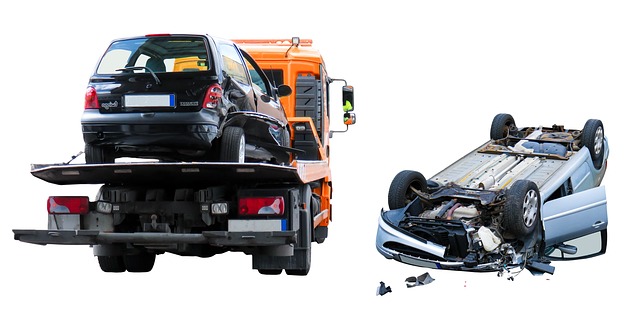
Before you begin auto buffing and polishing your vehicle at home, it’s essential to gather all the necessary tools and materials. This process requires a dedicated set of equipment designed for achieving a sleek, glossy finish on your car’s bodywork. Start by investing in a high-quality buffer—the heart of your auto buffing system. Look for one with variable speed settings to cater to different polishing tasks. Next, acquire a range of polishing compounds and pads tailored for various surface types; these are crucial for achieving the desired shine without damaging your paintwork. Don’t forget protective gear, such as gloves and eye wear, to ensure safety during use.
Complementing these essentials, consider tools like microfibers cloths, car wash mitts, and a pressure washer (for a thorough exterior clean) to prep your vehicle before buffing. While some may opt for professional auto glass repair services for their windshields and side windows, you can also invest in quality glass polishers and cleaners to maintain clarity and sparkle. Remember, proper preparation is key; gathering the right tools will make the auto buffing and polishing process smoother and more enjoyable, leaving your car’s exterior looking as good as new.
Understanding the Buffing and Polishing Process
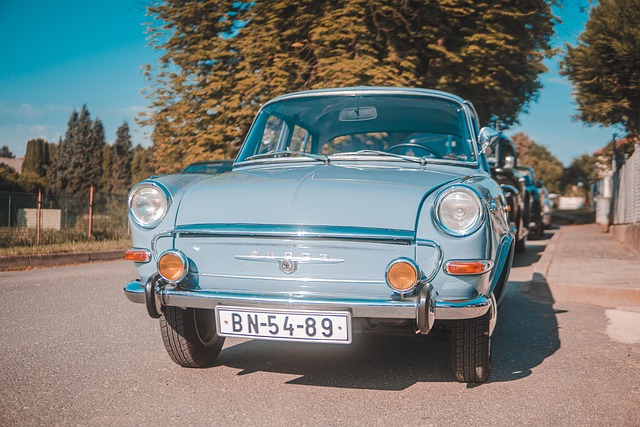
Understanding the Buffing and Polishing Process involves grasping that it’s a multi-step approach designed to restore and enhance your vehicle’s exterior. It begins with cleaning the surface to remove dirt, dust, and contaminants. This initial step is crucial as it prepares the auto paint for the subsequent buffing and polishing stages. After thorough washing, a compound is applied to the paintwork using a buffer or polisher. This compound contains fine abrasives that gently exfoliate the paint, eliminating minor scratches, swirls, and other imperfections.
The auto buffing and polishing process continues with the application of a polish, which further smoothes the surface, reveals the gloss, and provides a protective layer. Polishes contain synthetic compounds that fill in deeper scratches and enhance the clarity of the finish. For those interested in vehicle restoration or automotive collision repair, mastering this process can significantly improve the appearance of their cars, trucks, or SUVs, turning them into real showpieces on the road.
Tips for Achieving Professional Results at Home

To achieve professional results with auto buffing and polishing at home, start by investing in quality tools. High-end polishers and buffers can make a significant difference in the final finish. Look for machines that offer variable speed settings to suit different tasks and surfaces. Additionally, a range of pads designed for various materials will ensure you can tackle all types of auto body restoration work, from minor scratches to more severe damage like vehicle paint repair.
Before beginning, prepare your workspace and gather protective gear, including gloves and a respirator mask. Clean your car thoroughly, paying close attention to the areas you plan to treat. This step is crucial as it ensures better adhesion and faster drying times. Practice on a less visible area first to get a feel for the products and techniques, then move on to the rest of the vehicle, consistently applying even pressure for flawless results in auto buffing and polishing.
Auto buffing and polishing can be a rewarding DIY endeavor, allowing you to achieve a showroom shine on your vehicle from the comfort of home. By understanding the process and gathering the right tools, you can accomplish professional results without breaking the bank. Remember, with patience and practice, you’ll soon master the art of auto buffing and polishing, leaving your car gleaming like new.
